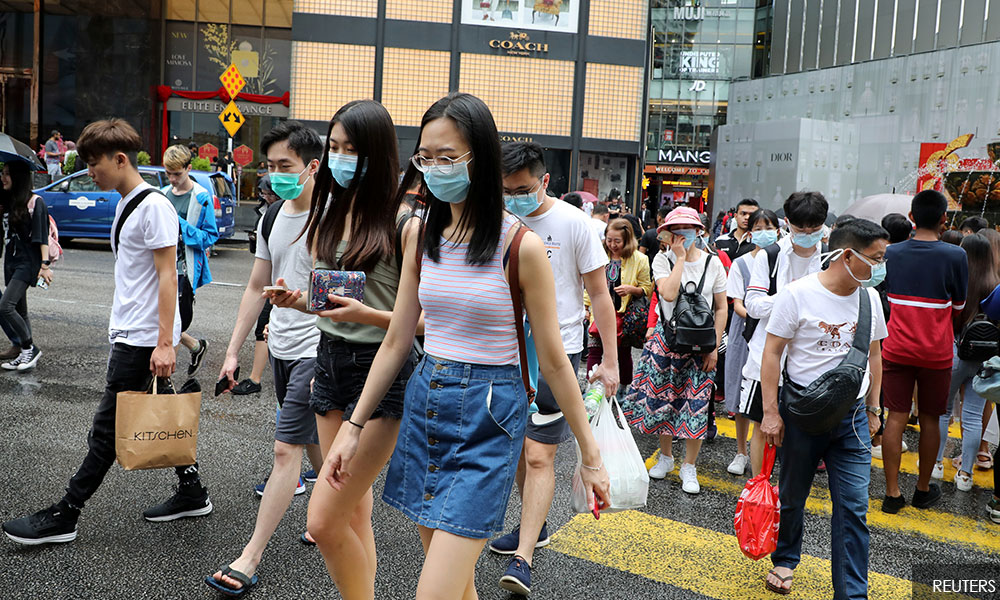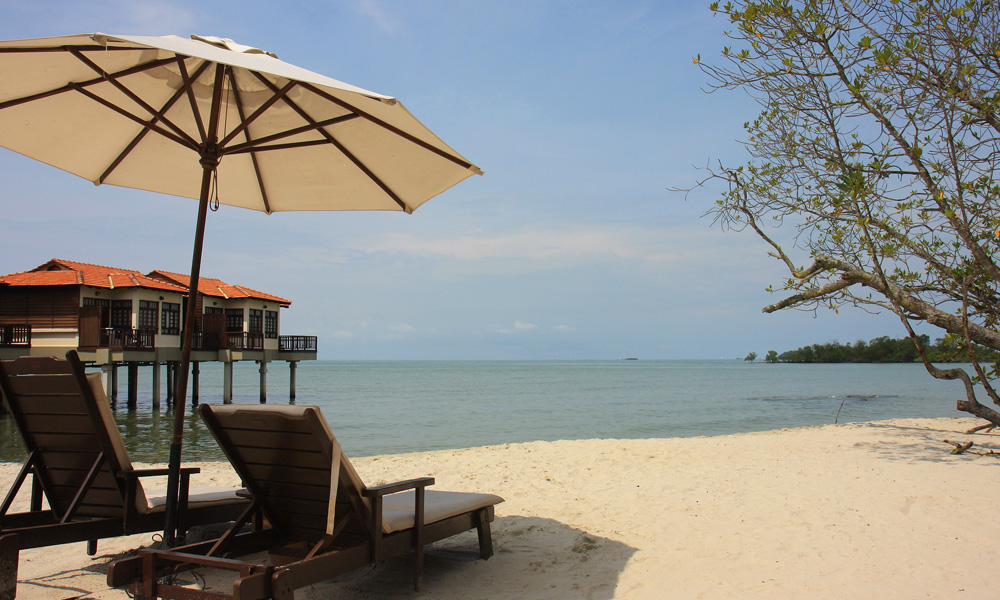LETTER | While many Malaysians travelled out of the country, with the affluent and those adventurous venturing to far-flung corners of the globe, people from all over the world visited Malaysia for holiday and other reasons.
It is a given that tourists on vacation came here for leisure activities, but it is imperative to find out what were the other main purposes for foreigners coming to our country. This will ensure that promotions are targeted at the right audience when marketing Malaysia.
Fortunately, Tourism Malaysia has been conducting invaluable surveys over the years. A recent report confirmed that holiday was the main purpose of foreign tourists interviewed, accounting for 53.4 percent.
As high as 97.1 percent of all tourists went for city sightseeing, 97 percent shopped, 48.7 percent visited beaches or islands, 19.9 percent enjoyed nightlife or entertainment, and 19.2 percent visited theme parks. Other popular sites were museums, historical places and villages.
Except for some conservative locales, most tourist facilities were available all over the country for foreigners to enjoy their stay in Malaysia, especially at Langkawi, Penang, Ipoh, Kuala Lumpur, Malacca, Johor Bahru, Genting Highlands, Kuantan, Kuching and Kota Kinabalu.
However, it must be noted that 46.6 percent of foreigners that came to Malaysia did not state holiday as the main purpose of their visit. Surprisingly, the number was huge, with more than 12 million in 2019.
Their main purposes were for visiting friends and relatives (25.5 percent), shopping (13 percent), health (4 precent), business (1.3 percent), meetings, incentives, conventions and exhibitions or MICE (0.6 percent), honeymoon (0.5 perent), education (0.5 percent) and others (1.2 percent).
Most startling was the 25.5 percent, or 6,655,700 foreign visitors, who have friends or relatives in this country and meeting up with them was the main purpose to visit Malaysia. When international borders are opened, we ought to pick this low-hanging fruit to hasten recovery.
It is certain that other countries will use their high level of safety and convenience to promote their destinations. We must not lose out in these areas by controlling Covid-19 infections and facilitate the entry of vaccinated tourists that adhere to standard operating procedures (SOP).

Combined, tourists that came for shopping, medical treatment, business, MICE, honeymoon, education and others accounted for 21.1 percent. The facilities for all these activities were in place pre-pandemic and operations could easily be restarted by mobilising needed manpower.
But for now, the days of mass tourism are over after billions of people have lost businesses or jobs and incomes reduced. Many airlines have collapsed, including budget carriers. Large and small hotels have closed, including the more affordable tourist-class accommodations.
Instead of mass advertisements to a wide audience, greater attention should be paid on those that want to visit their friends and relatives in Malaysia. While these potential visitors are still in their home country, we may not know who they are and therefore difficult to find them.
However, it is much easier reaching out to Malaysians and foreigners residing in this country who have friends and relatives overseas. Their number should be around the same figure as the 6.6 million foreign visitors that came here to visit friends and relatives in 2019.
On this score, the respective state tourism authorities can play a pivotal role in attracting foreign tourists to their state by subsidising meal vouchers or offering free souvenirs. Unlike normal advertisements or promotions where returns on investments are highly speculative, nothing is given out in such incentives until invited foreigners are physically present here.

As for meal vouchers, hotels with dining facilities could offer a 50 percent discount, and those without could partner with standalone restaurants. The aim is to promote both hotels and restaurants with the aim of getting foreigners to stay or dine at their properties.
The state tourism authorities could subsidise 25 percent of the meal voucher to be paid only upon receipt of the invoice from a participating hotel or restaurant. The meal voucher should be limited to four persons, allowing up to two local hosts and two foreign visitors.
Should more than four persons join in, the extra diners would pay normal price for the meal, which could be buffet or set. The aforesaid is just for example; it is up to the various authorities, hotels and restaurants to offer what they want, including souvenirs.
To qualify, local hosts must register for the scheme before their foreign friends or relatives enter Malaysia. A total of four names could be submitted, including identity number and flight information. The scheme can start with those arriving by air and later extended to those by land.
When foreigners were asked on the source of information about Malaysia, their answers were from friends and relatives that have visited Malaysia (95.4 percent), own experience (94.4 percent), Internet (83.8 percent), and friends and relatives living in Malaysia (56 percent). Other sources were travel guides, travel agents, airlines and outdoor advertising.
Clearly, almost all foreigners enjoyed their stay in our country and went back home to tell their friends and relatives about it. Malaysians and foreigners who choose to stay in this country called Malaysia home and welcome their friends and relatives from overseas to visit them.
For inbound tourism to recover, we must continue to ensure foreigners enjoy a memorable stay in our country, thanks to our friendliness and Malaysian hospitality. This will spur them into coming back for more and share even more experiences with their friends and relatives back home.
Meanwhile, we ought to make full use of the 6.6 million people living in this country to invite a similar number of their friends and relatives from overseas to visit Malaysia, as soon as our borders are reopened and save our inbound tourism industry from further decimation.
Last year, the total of foreign arrivals dropped by 83.4 percent to only 4,332,722 compared with 26,100,784 the year before, and tourism receipts plummeted by 85.3 percent to RM12.69 billion from RM86.14 billion in 2019. This year will be even worse if our borders remain closed.
Hopefully, international travel can resume in the second half of the year. Apart from everyone observing the required SOP, tourism authorities and industry players must also discard outmoded practices that are no longer practical post-pandemic and make way for the new.
The views expressed here are those of the author/contributor and do not necessarily represent the views of Malaysiakini.

